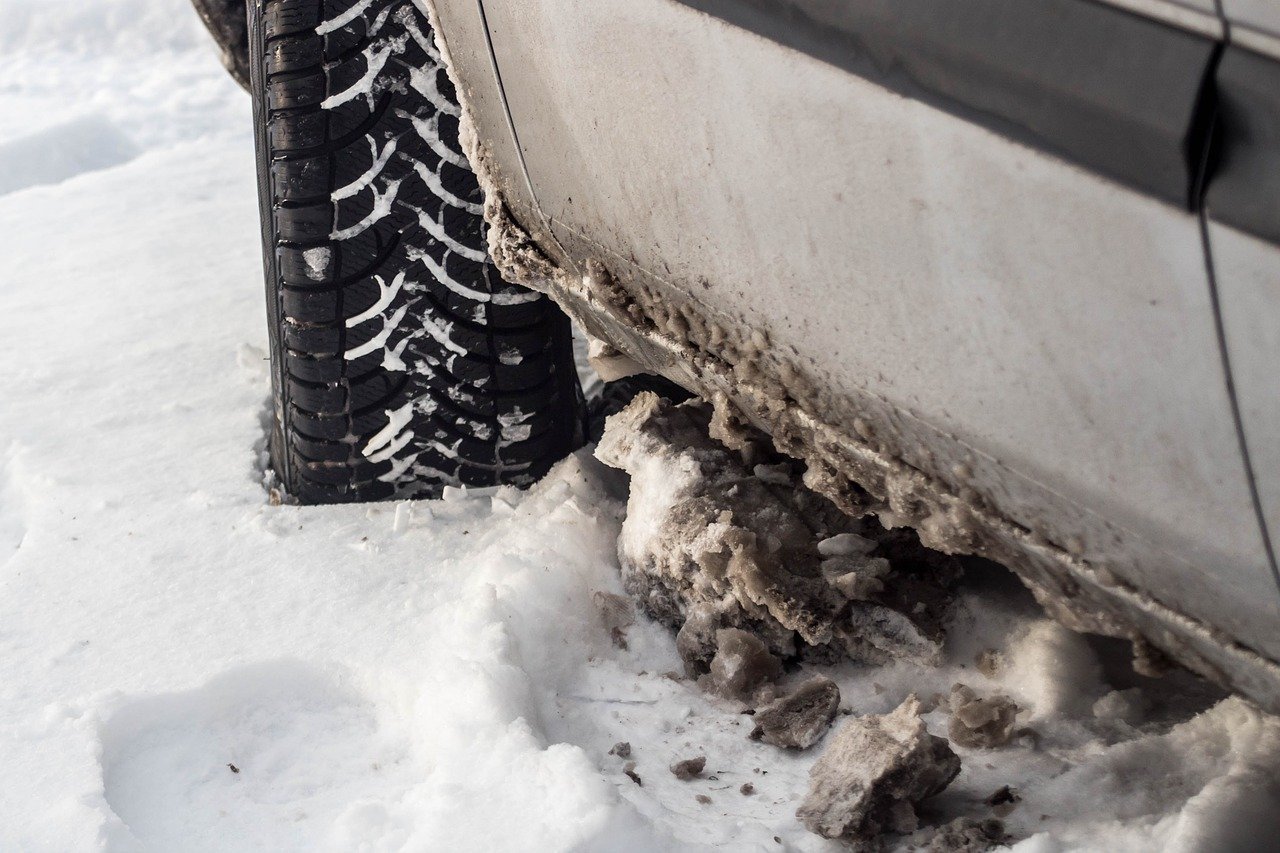
Let’s be winter-savvy…
Remember that the winter weather calls for more lights, heating and wipers, which all add extra demands on the battery. Bear this in mind and switch them off before starting your car if you are experiencing struggles. If the engine doesn’t start quickly, wait at least 30 seconds between attempts, and only turn the key in short 5 second-bursts! If you don’t use your car often, it is worth giving it a regular overnight trickle charge.
A 50-50 mix of antifreeze and water protects your engine down to -34C. Not treating your car to this necessity could cause a frozen or cracked engine when the temperature drops dramatically – it isn’t worth going without, especially such a cheap buy!
Protect yourself too and pack a winter emergency kit.
Read the signs!
A continuous squealing noise when you start up may mean that the water pump is frozen and the fan belt is slipping off the pulley. Stop the engine and let it thaw it out – beware, this could take days.
If your car overheats a few miles from home, it’s possible that the radiator has frozen. Stop straightaway to avoid causing more serious damage.
Clear up!
Make sure your windscreen is clean inside and out, and that all other windows are clear also. Always be careful to clear the snow from the roof, as it can fall onto the windscreen and block your view.
Icy weather is the worst for wiper blades, which get easily damaged; winter is also the time of year when it is crucial to have wiper blades in good condition – take precaution.
Prevent your screen wash from freezing by using a suitable additive.
If you’re in a rush, bear in mind that air-con demists the screen faster and reduces condensation.
Be seen in the right way!
Make sure all your lights are working and your lenses clean: you may want to wipe your lights after driving on mucky roads; remember to keep your registration plate clean. Remember these when clearing snow from your car also.
You must use headlights when visibility is seriously reduced. When switching on your fog lights, remember to discontinue their use once visibility improves – they could bother other drivers or obscure your brake lights.
Get those tyres checked!
The AA recommends at least 3mm of tread for the winter weather driving. Think about getting winter tyres or all-season tyres: they are made from a special rubber that gives a better grip in cold and wet conditions.
